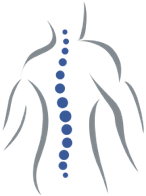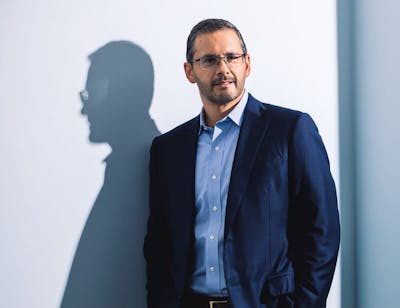If you are suffering from back or neck pain, it is crucial for you to receive a professional diagnosis as soon as possible. Dr. Rovner is one of the best spine surgeons in NJ who has the experience and expertise necessary to help patients actualize successful outcomes with orthopedic spine surgery.
Shoulder dislocation
The bone is pushed completely out of the groove in a shoulder dislocation injury. Caused by a pull, fall, or another injury, shoulder dislocation stretches or damages the ligaments, tendons, and muscles that keep the shoulder joint in place.
Common signs of a shoulder dislocation
- Pain in the upper arm and shoulder
- Inability to move the joint.
- Swelling and bruising
- Numbness and weakness
- Deformity of the shoulder/shoulder visibly out of place
To treat a dislocated shoulder, the bone will need to be moved back into place. This is
followed by splinting, medication to reduce pain and swelling, and rehabilitation with
physical therapy to regain full functionality. Surgery is not typically required unless the ligaments are severely damaged.







